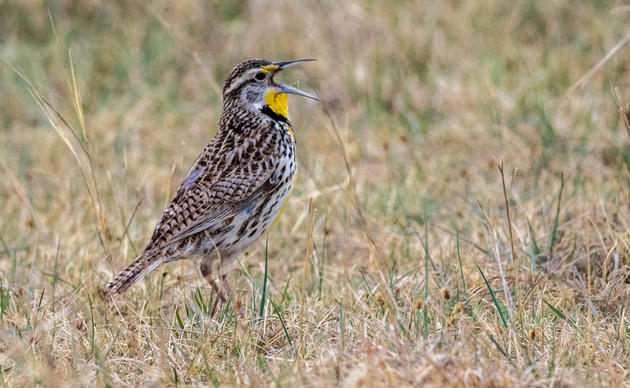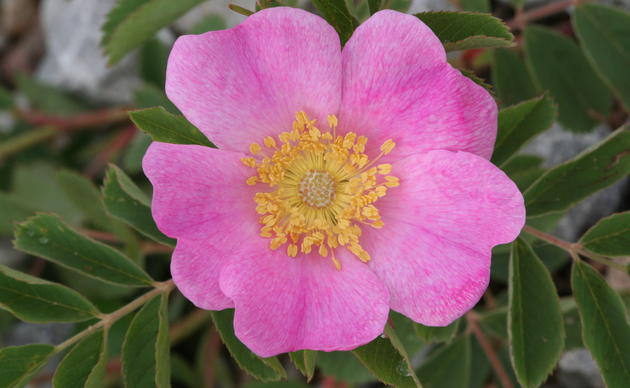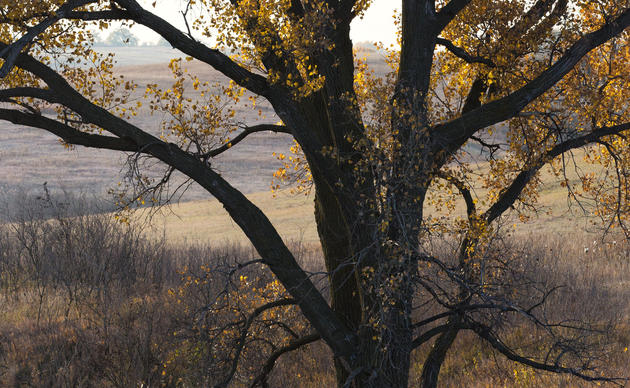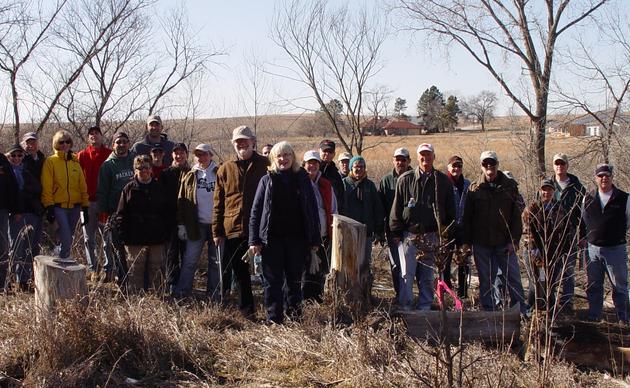Prescribed Burns
Fire plays a critical role in maintaining a healthy prairie ecosystem. We use prescribed fire to control woody vegetation, to manage invasive species such as smooth brome, and to stimulate native plant growth. It’s one of our most efficient and cost effective management tools.
Here's a great article from the National Audubon Society.
Watch this video of a prescribed burn at Spring Creek Prairie.
Prairie burn
A primary management goal for Spring Creek Prairie Audubon Center is to create better habitat for grassland birds. Fire is essential to achieve that goal. In combination with grazing, prescribed burns create different types of plant structure in the prairie. Much like prairie plants, prairie birds have adapted to survive and thrive in a fire dominated landscape. Each species has its own niche with specific habitat requirements, especially when it comes to nesting. Henslow’s Sparrows, for example, require a thick thatch layer that accumulates in areas that haven’t burned for several years. Killdeer, on the other hand, prefer recently burned areas. Most other species, such as Meadowlarks, have needs somewhere in between those two extremes.
Some species occupy different habitats at different stages of their life cycles. The Greater Prairie-Chicken has different habitat structure requirements for breeding, nesting, brood rearing, and winter cover. We use the Greater Prairie- Chicken as an umbrella species. By meeting the complex needs of this species with our management practices, we meet the needs of most other grassland birds as well.
With these management goals in mind, we look forward to our spring burn season. Preparations start in late summer. Fire breaks are mowed and hayed, including sections of trail adjacent to areas of the prairie we intend to burn. Well prepared fire breaks save us time and effort when it comes to a burn day, which is critical when many burns get squeezed into the few days each spring when weather conditions align to let us burn safely and effectively. So when you see those widened trails, it should remind you of warmer days ahead.
How you can help, right now
Keep in Touch
Here's how you can keep in touch with all the activities and programs at Spring Creek Prairie Audubon Center




